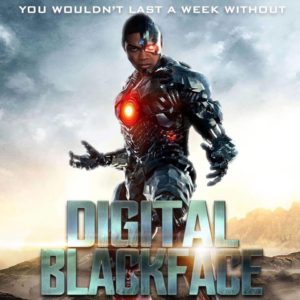
Jenson Leonard or ‘Cory in the Abyss’ started making memes at 25 years old. He was born in Detroit, Michigan and raised in Pittsburgh, Pennsylvania. Initially a poet, he became interested in memes at some point during his six-year tenure as a cook at a Belgian waffle kiosk (memes are humorous online images — generally with text — combining one or more references to current events, cultural styles, or older memes). He found himself drawn to the immediacy and potential reach of instant publication on social media, the confluence of which exacerbate the arguably inherent power of the image for those who see. His early work used the canonical Twitter meme format (plain black text in a white box above the image), but developed into the more ornately parodic style that predominates in the left-leaning corners of Facebook, often called ‘leftbook.’ Leonard is a member of this cadre, having been one of the moderators and content creators of the Lettuce Dog page before alt right trolls took it down by reporting the page en masse (don’t worry, it’s back up now).

The influence of Lettuce Dog (whose main creator Addy is now Sharks Vape), Gangster Popeye, and other leftbook and Weird Facebook meme makers is clear in Leonard’s work: like them, Leonard is drawn to pushing the boundaries of the meme. He states in a Juxtapoz interview, “the more I make memes, the more i become incredulous toward calling them memes,” since the term only captures the circulation and audience expectation built into the meme form, neglecting its other aspects (such as the poetic). With uncanny deftness, Leonard mingles the originary nihilism of early meme culture, the obscurantism and communist LARPing of leftbook, and the comforting familiarity of pop culture references found in more mainstream viral content. And like the best of leftbook, neither humor nor political content take center stage in Leonard’s work, both instead acting in concert as the frame for the formal qualities of the composition.
Humor itself is a powerful tool to ‘sneak’ serious content into someone’s life, since, as Leonard states, the “comedic register [is] followed by a recognition of truth, or a sobering contradiction that makes the laughter something to be studied and wrought over.” This antinomic sensibility is a kind of political echo of the work’s visual juxtaposition of contradictory or opposite content, drawing a through line between the absurdity of the meme itself and the absurdity of the world we live in. Pop reference both anchors the meme to the real, and further launches it into the realm of pastiche and hectic interpellation. Indeed, referentiality acts as a generative constraint, in a nod to Leonard’s poetic background. The reliance on templates or defaults to facilitate such juxtapositions is embedded in his moniker: ‘Cory in the Abyss’ is a tweet from @CORYINTHENOUN, a concept Twitter account which replaces the final noun in the title of Disney live-action sitcom That’s So Raven spinoff Cory in the House. Some recent instances at this time of writing: Cory in the mulligan / Cory in the algicide / Cory in the leg-pulling.

Leonard and I spoke over Google Docs and Facebook messenger about poetry, digital optimism, and the antiblackness of memes. Find Leonard’s work as Cory in the Abyss here.
**You recently moved to NYC for school. How’s it going?
Jenson Leonard: It’s going. NYC is a hyper-concentrated dose of the American project, a labyrinth of depth and vapidity… And it’s very easy to preoccupy myself with the vapidity. But I love being in a place with the most niggas with stylish glasses per capita in the country. I spent 11 years in Pittsburgh but the last arc of that entailed service industry serfdom. The knowledge economy, at least from this side, is nice. I’m in Pratt’s Writing MFA program. What attracted me is that it championed radicalism, activism, all the good isms things that eventually tend to run counter to the professionalization process that happens in a grad program. Nevertheless, I have tons and tons of time to hone my craft on my own terms and at my tempo. Thus far, I’m the only person in my class to actually say the words ‘capitalism’ and ‘neoliberalism,’ which is a little disconcerting in a program where institutional and structural critique are supposedly cardinal… I may have played myself.
**Probably, yeah. Professionalizing might be necessary for you, though, unless you’re looking to become a blue-collar coder like everyone probably will be in a few decades. Not that professionalizing will be much of a bulwark against obsolescence, planned or not. Creativity and general intellect are arguably more important, and, concerningly, the most sought-after trait in capitalism. How do you deal with the capitalist subsumption of creativity (and affect more generally) in your work? More concretely / ‘on the ground,’ can you speak to how your work simultaneously navigates the ephemerality of the meme attention economy while completely disregarding the social mores and aesthetic values of the reigning white meme bros?
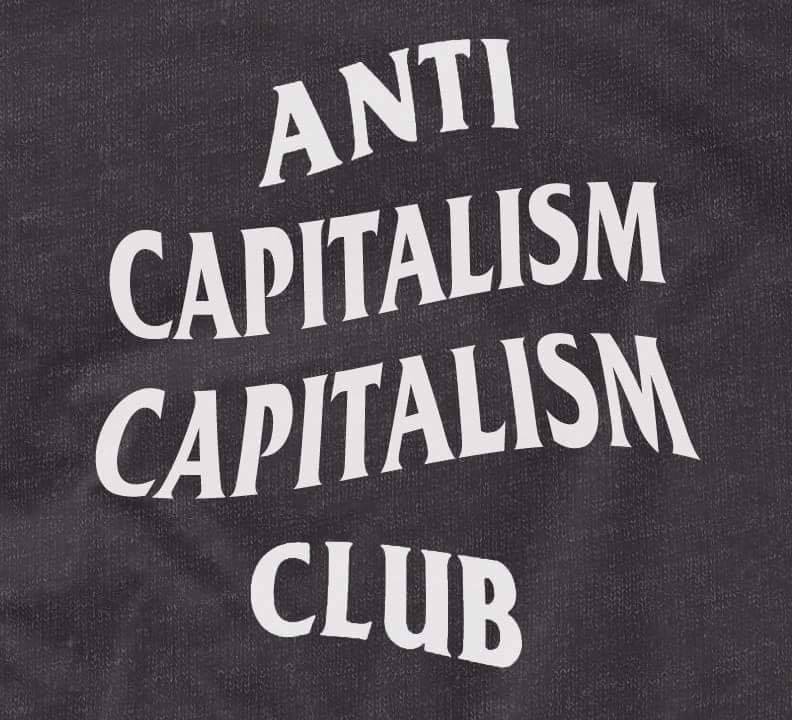
JL: My work exists within the framework of meme and poor digital image, but it distinguishes itself from the herd through its thick pop cultural plaster. When one encounters a Cory In The Abyss meme, my hope is that they see something that looks like it was produced by more than one person (in a way it is). I want my work to look and feel like a microdose of big-budget Hollywood detritus. I want people to ask themselves why my memes are so extra, to question their production value, and the absurdism behind that (because the locomotive subsumption of creativity into capitalism is absurd). The aesthetic maximalism of my memes is my way of finessing on white meme bros, but it’s also a means of grabbing the audience’s attention through a visual language capitalism has already inundated them to pay attention to. Once I have pulled them in, finally, through that subterfuge, giving them my message. After that they’re free to keep scrolling.
**The first time we talked, you told me that before memes, you wrote and still write literature. Are memes and poetics related to you — that is, do you see any resonance or slippage between these mediums (“memes = 21st c. poetry”), since both are all about saying the most with the least? Have you ever tried to mesh these practices, or is each its own lane?
JL: I consider my practice an enmeshment of the two, a natural extension of my paper bound poetry. This work is memetic, it exists to be disseminated within the infrastructure of social media but it is generated from a fundamental place of poesis, a desire for extreme meaning-making. In poetry, text is pushed to be imagistic. In my work, the image is constructed and text is framed around it, a kind of reverse-engineering of that process, but the machinations are still poetic. The faculties are the same. The visual is privileged, but that doesn’t exclude or diminish the imperative of the texts that situate it. I’d like to think this interview is evidence or acknowledgment of the gestation taking place between poetry and emergent forms of poeticizing that have been engendered by social media into something that is hopefully disruptive to established paradigms of visual-linguistic construction.
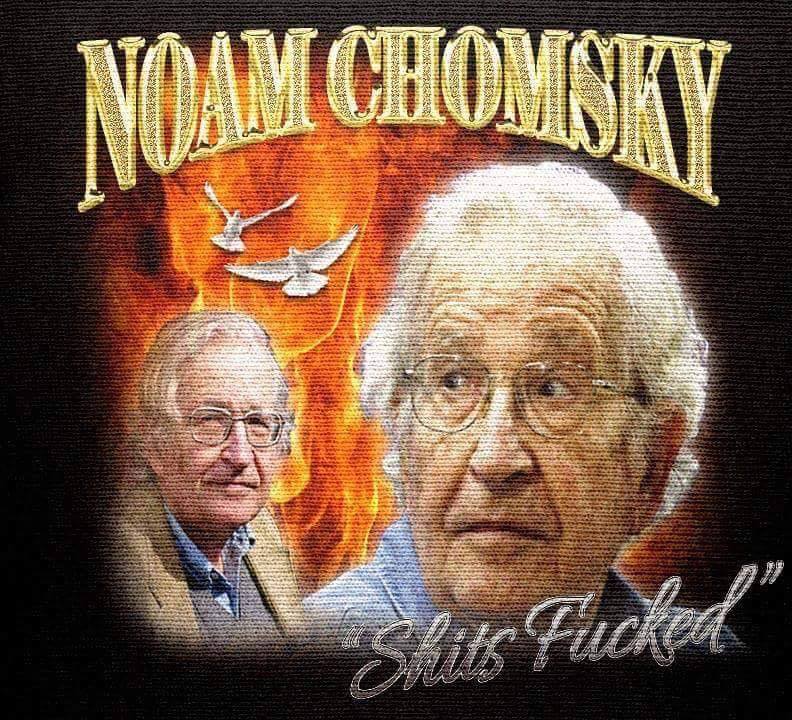
**You’ve also mentioned frustration at the ivory tower status of conventional poetry and its resultant obscurity. Does the mass reach and vernacular status of memes feel like a more appropriate avenue to express some of the thoughts you may have once expressed in poetry, or is the concept/feeling of the poetic in tension with such visibility? Is Rupi Kaur the godhead of the new new new simplicity?
JL: I’ve noticed there’s a tendency for writers to think of themselves just as writers and not artists, as if they aren’t two sides of the same coin. Like, no, chill, you are an artist, just a text oriented one. That entire thinking is symptomatic of a kind of lag within the world of the letters to cohabit the visual, an amnesia toward the arts side of that phrase ‘arts and letters.’ My work is a counterpunch to that. It’s almost an anti-poetry. It’s not that the memes feel like a more appropriate venue to express my work, so much as that I feel like, as a black writer, I can’t say things as brazenly as I’d like, or then my work becomes ‘slam’ and if i’m not going to be bombastic then I have to write soft, pastoral accounts preoccupied with legacy.
The gatekeeping in the poetry world stifles my voice more than having a large post reach ever will. The tension is not in the poiesis being obscured per its digitality, but in not being heard at all. The whole ‘slave over your poetry, submit it to a literary journal, and then wait for it to maybe meet their arbitrary criteria’ thing, is tired. The mass reach of my work is a conscious stratagem to dictate its exposure and amplification on my terms. I don’t need The Cum Stained Oxford Shirt Review or Keloids Quarterly to validate my poetic rigor.
Rupi Kaur is a very successful alleged plagiarist.
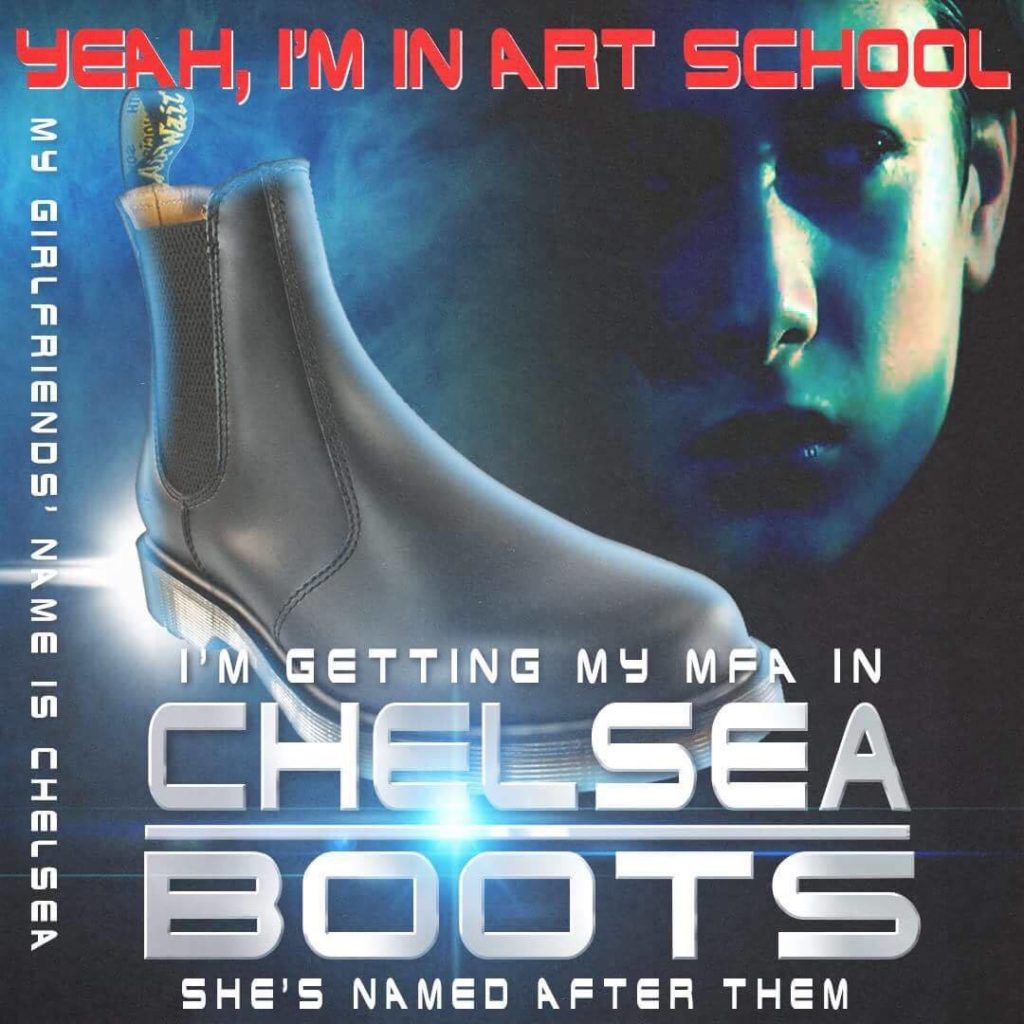
**No, you certainly don’t need their validation. And yes re lag: we should heed Bryon Gysin’s 1959 statement that ‘writing is fifty years behind painting,’ as well as Hamishi Farah’s 2015 statement that ‘contemporary art is 50 years behind rap.’ Part of this lag is the lack of intermingling among different types of aesthetic practitioners, and more importantly the raced, classed, and gendered separation of artists and non-artists (all of whom are inherently creative by virtue of being people). Do you feel like, in their inherently networked status, memes have a kind of post-medium power to bring these different groups back together, and is that valuable?
JL: The jury is still out on the bringing groups together thing, as the connectivity of memes also selectively benefits people on the grounds of race, gender, and class. On one hand, somebody on Black Twitter can make a meme that instantly sets the internet ablaze. In that same duration, that meme can and will be taken up by its predominantly white audience to perpetuate antiblackness, weather in the form of casual digital blackface or taking the meme and turning into a saleable commodity whose profits never reach the meme creators pockets — The Peaches Monroe Effect applies.
Yes, I’ve never seen more people in my hypercurated, algorithmically manipulated feed invested in decolonization, communism, trans visibility… However, memes remain instrumental in waging the next frontier of American culture wars and publicly gesturing towards utopic alternatives, and for now that’s encouraging.

**I love when your images become physical objects such as discs, shirts, printed matter. Juxtapoz calls it Duchampian, but the cynicism isn’t there. Rather, you mention in another interview that physical objects are more interactive for viewers, in contrast to the numbing endless scroll of poor digital images. As such, the physicality of the objects embodies the cycle of empty pleasure and ennui that characterizes the infinity of content. Given that despite everything, you’re something of a digital idealist, can you talk about what this process of physically rendering networked affect means in relation to your practice?
JL: Inherent in the digital idealism of my work is a thrust towards fostering a communism of the visual. The accessibility of the work is paramount. You lose that in the gallery. I challenged myself to do the gallery thing just to see if i could do it. I don’t especially care to throw my work up on white walls in a white room but I sometimes get a sense that if a tree falls and it doesn’t happen in the confinement of an art gallery then it might not make a sound. So in that Bunker Projects show it was about augmenting that networked affect into an object without losing the affect. The objets d’art were referential to the references of the memes. Of course, the ‘Madea’s Proletariat Uprising’ meme should be a bootleg DVD. Of course, the ‘Katy Perry Whiteness’ meme becomes a jewel case CD. I wanted the physical works to maintain the continuity of a lot what foregrounds my digital work — the cultural gauze, the duplication, the simulacrum, the playfulness.
**Yes, in some sense the actual physical objects close the loop begun by the memes’ appropriation of the formats, references, and tropes of consumer goods. Question: What is a communism of the visual, and in what ways could it destabilize the white cube’s overbearing blankness and mediocrity?
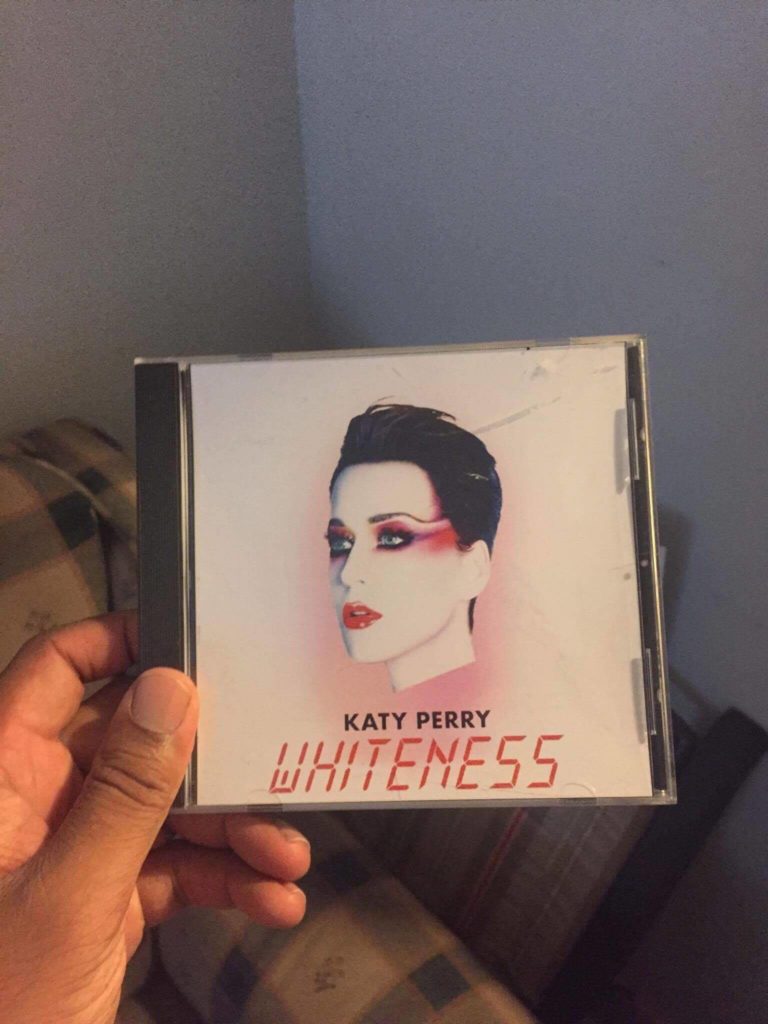
JL: When I say communism of the visual, I mean to say that memes best represent Hito Steyerl’s idea of the poor image being a kind of subversive, net connected alternative form of dissemination that has the potential to awaken and rally the masses. An art that, in the face of the white cube’s overbearing-ness, is more public, more accessible, and therefore more in service to its viewers galvanizing any sort of real revolutionary character, as opposed to a physical art object that may have the sheen of Marxist affect but comes with a price tag.
**I want to circle back to idealism. Arguably, a fair number of meme-makers are heirs of post-internet in that they are exhausted by the digital. For them, shitposting and incel meta-reference are parodies of naive internet user behavior. In contrast to this, it seems like you still believe in the power of circulation with respect to political awareness and, importantly, laughing instead of crying at this shit world and our shit lives. Can you talk about your optimism, and if/how it saturates your work?
JL: I think wokeness, as useful a metric as it might be, has been jargonized into an empty signifier. It’s become part of that parodic internet behavior loop. Staying woke to me just means a consumerist experience that includes Donald Glover’s falsetto placating me in the background. So my optimism is hinged on being able to instantaneously start and circulate a counter-narrative to that prescriptive wokeness, or whatever flavor of shit the shit world is serving that day. The optimism is in the pushback.
**Absolutely. Just as theory is in fact the resistance to theory, optimism is itself the resistance to optimism or un-criticality. This makes me think of the violence of memes. What has been your experience as a Black meme maker in a white dominated meme scene (not just ‘weird Facebook,’ but social media in general), both as a Lettuce Dog page admin and as admin of your own page? Further, so much digital content is built on blackface, and you’ve commented on this in your work. How do you navigate the antiblackness of the meme world?

JL: The name of my page is taken from a tweet from a Twitter page called Cory In The Noun. But the name isn’t just some meta-referential That’s So Raven joke. It’s a metaphor for the black body being constantly in flux, in uncertainty, stuck in a global antiblack semiological fugitivity. The omnipresence of antiblackness in the meme-o-sphere can be seen in the disgusting number of white content creators profiting off of that antiblackness, and to a lesser degree the widespread amount of virtue signaling from white content creators on the left gaining a kind of moral currency from antiblackness.
I survive by asserting my particular black voice against the chorus of mayo. My content doesn’t get shared by the bigger pages often. Why? Because the design of white supremacist neoliberal capitalism is rampant in the ephemeral. The white boys with the big pages tend to share the content of other white boys with big pages and that directly ties into a content monetization business model. But in the tradition of Maya Angelou, Still I Shitpost.**













